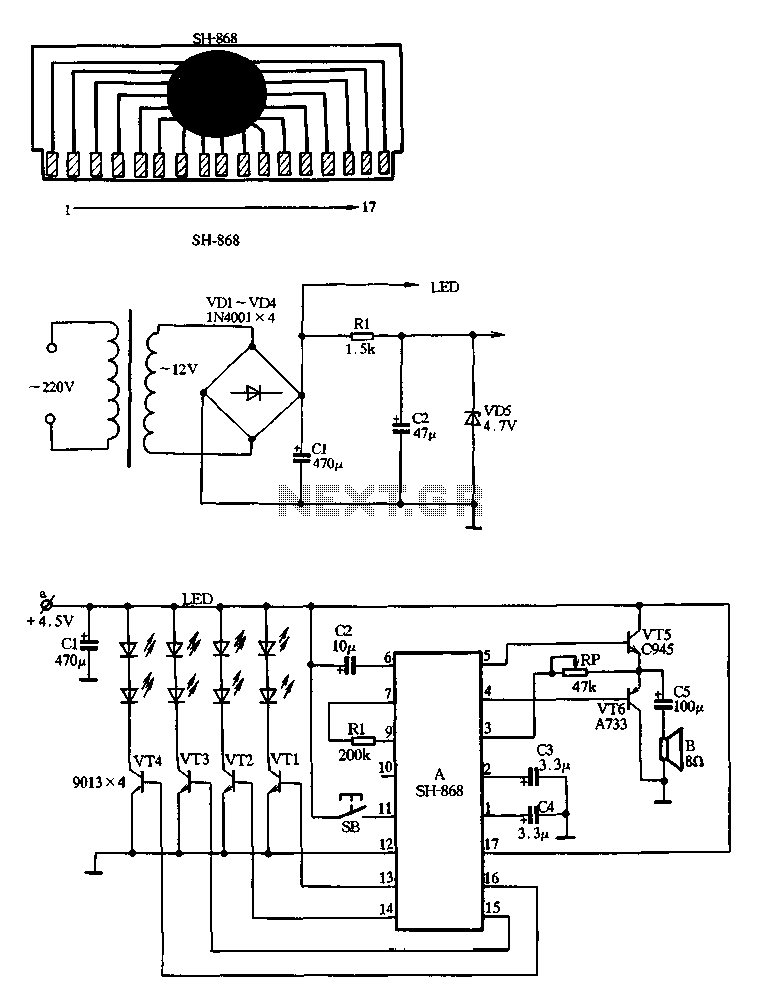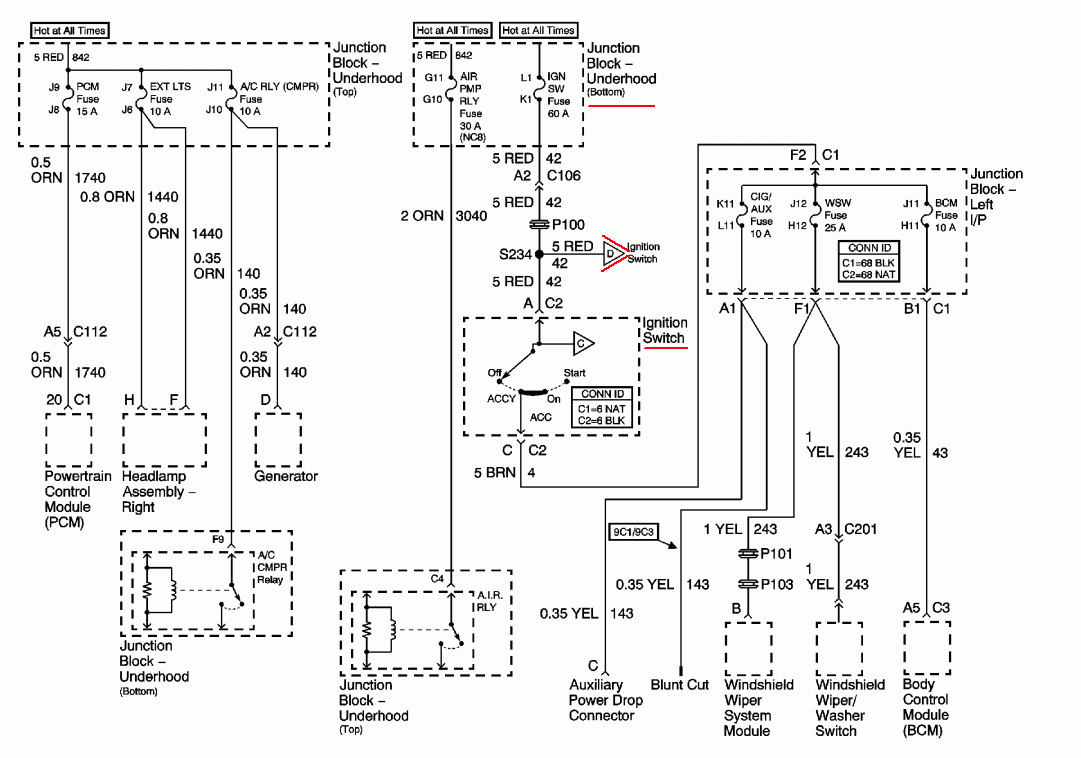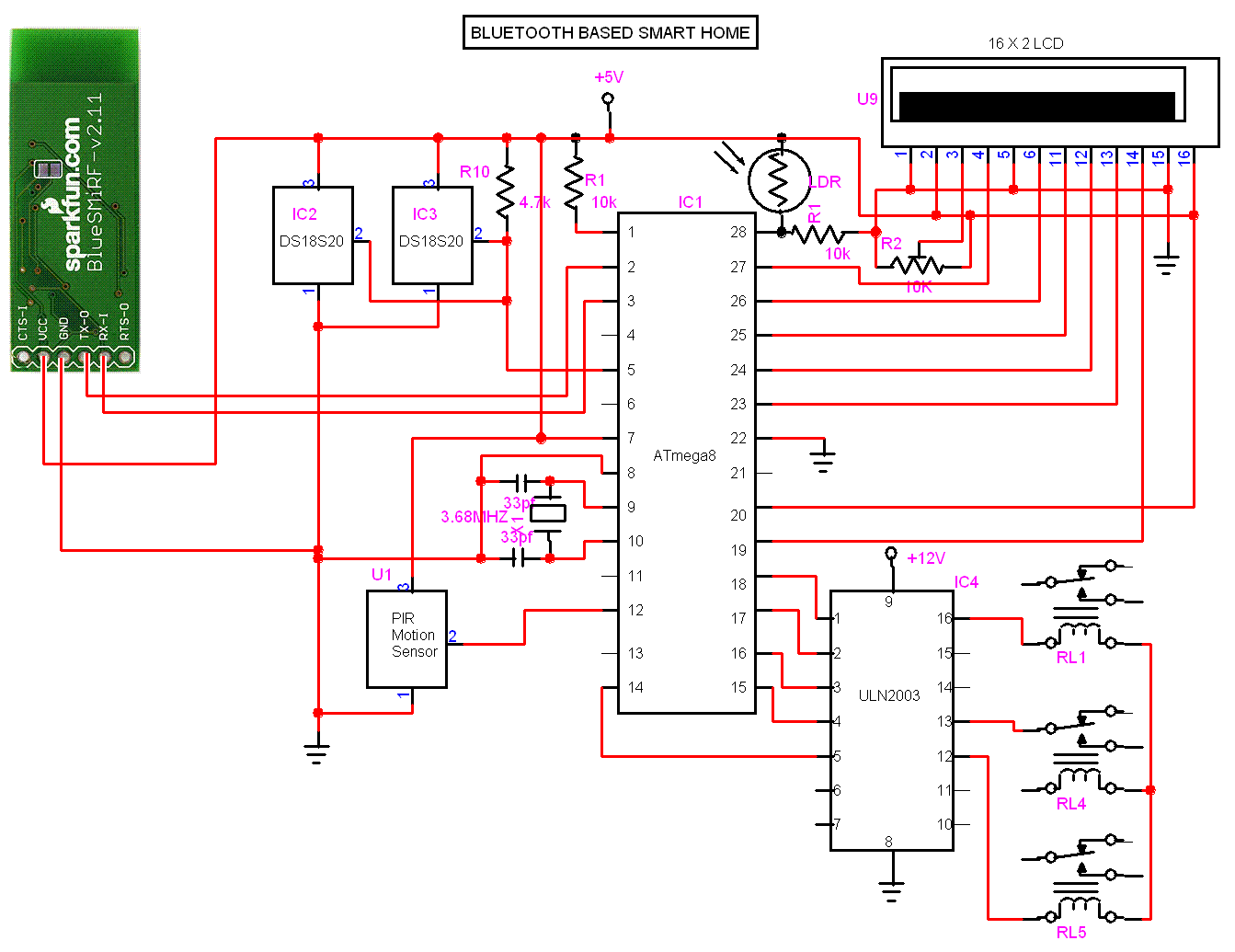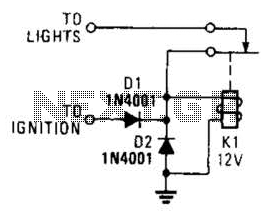
2003 gmc savana instrument cluster illumination lights
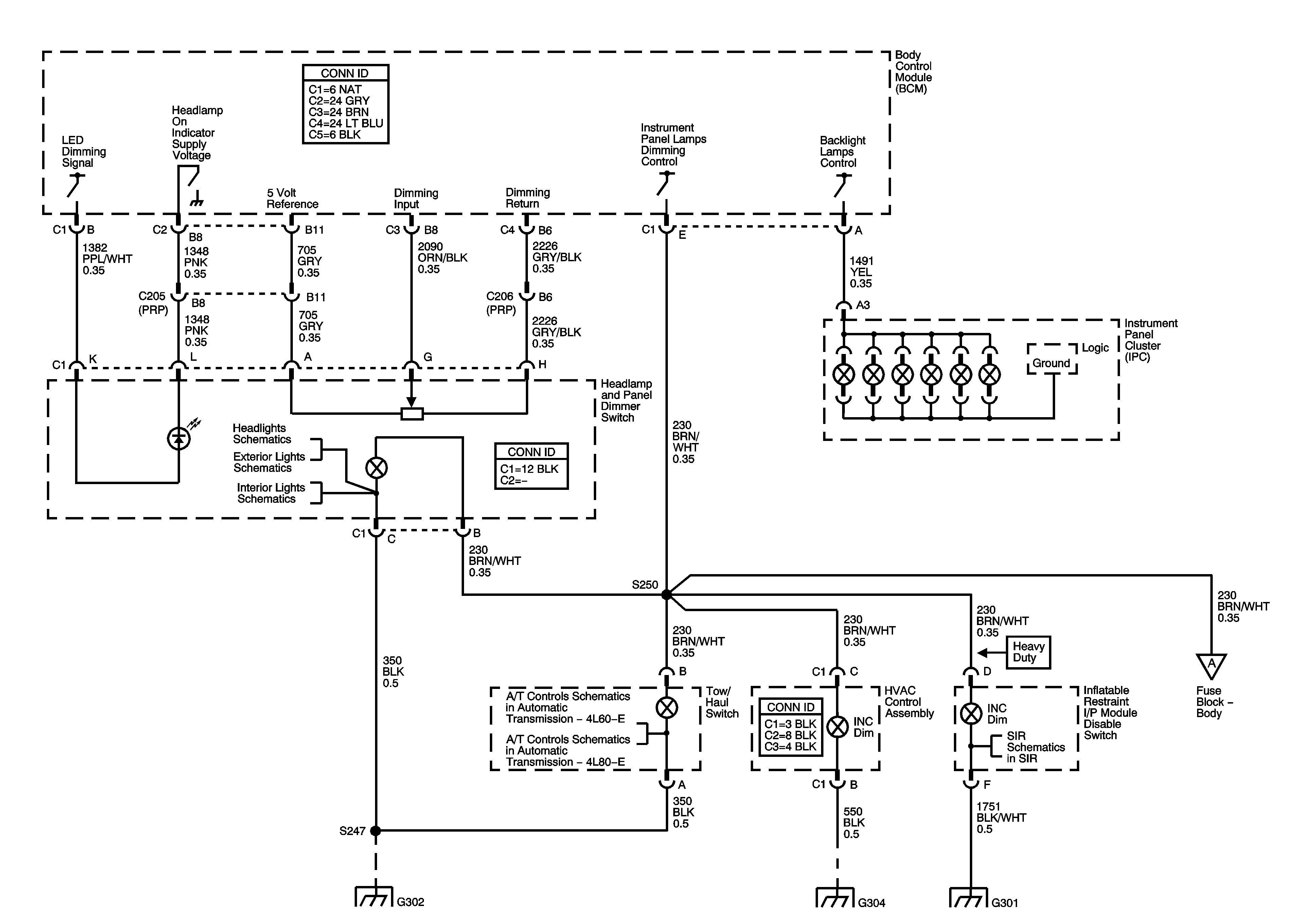
The 2003 GMC Savana has issues with the illumination lights for the instrument cluster and climate control cluster, which are not functioning. Diagnostic lights for the cluster are operational and illuminate upon ignition startup. The radio lights are functioning and dim with the light dimmer. The fuse for the instrument lights located under the hood is intact. The cluster was removed, and the solder on the lights was verified as functional. The only lights visible at night in the instrument cluster are the LED mileage indicator. The radio lights dim with the dash light dimmer, and all individual indicator lights, such as battery, ABS, and oil, illuminate when the ignition key is turned. The trailer tow button activates its respective light in the cluster. The Savana model is a standard 2003 8-passenger SLT with all-wheel drive. The HVAC panel features a standard three-dial configuration with a heated rear window button located in the lower left corner, which does illuminate when activated. The HVAC panel shares a circuit with the headlamp, tow haul, door switches, and rear HVAC back lights. If these components are operational, a faulty HVAC panel bulb may be suspected, although it is unclear if they are serviceable. Testing the brown and white wire at connector C1, pin C, for power while adjusting the dimmer switch could indicate a faulty HVAC panel. The location of the Body Control Module (BCM) in the vehicle is also questioned, as both the HVAC and instrument cluster are not functioning, suggesting it could be the source of the issue. The dimmer switch is under scrutiny as well, despite its functionality with the radio. Observations regarding what works and does not work with the dimmer may assist in diagnosing the problem. The circuit passes through a fuse block and one splice pack. A thorough check of the interior lights reveals that only the radio and the LCD mileage display in the instrument cluster are illuminated. None of the door switches or rear HVAC lights are operational, nor is there illumination on the headlamp panel. The radio and LCD mileage display do respond to the dimmer switch. Dome lights function correctly with the override switch on the headlamp panel. Testing the brown and white wire entering the in-dash HVAC panel at connector C1 position C shows no light or voltage, while the black wire indicates a good ground. The connector to the headlamp panel also shows no voltage or light on the brown and white wire at C1 terminal B. Additionally, 5V DC is present on the gray wire, while the orange/black wire shows between 0 to 4.5V DC when adjusting the dimmer switch. The gray/black wire remains inactive during dimmer adjustment. This suggests a potential issue with the BCM or wiring from the dimmer to the BCM, located in the lower right of the instrument panel. The BCM requires setup and programming from a GM dealer. An alternative method to bypass the dimming function involves backfeeding the brown and white and yellow wires at the BCM with voltage from the park/tail lamps, ensuring to fuse this circuit separately. To test the circuit for the instrument cluster backlights and HVAC and door lights for any shorts, disconnecting the connector with the brown/white and yellow wires may be necessary.
The schematic for the 2003 GMC Savana's instrument cluster and HVAC panel illustrates the interconnections between various components, including the BCM, dimmer switch, and illumination circuits. The instrument cluster receives power through a dedicated circuit that is protected by a fuse located in the fuse block. The illumination for the cluster is typically provided by incandescent bulbs or LEDs, which are soldered onto the circuit board of the cluster. The HVAC panel operates similarly, utilizing a backlight system that is also controlled by the dimmer switch.
The BCM functions as the central control unit that manages the lighting levels and communicates with the instrument cluster and HVAC panel. The dimmer switch adjusts the voltage output to these components, and any failure in this circuit can lead to the symptoms described. The wiring harness connecting these components should be inspected for any signs of wear, damage, or disconnection, particularly at the connectors. The brown and white wires are critical for powering the backlights, and testing these wires for continuity and voltage will help isolate the issue.
In cases where the BCM is suspected to be faulty, it may be necessary to perform a diagnostic scan using specialized equipment to retrieve any fault codes that could indicate a malfunction. If the BCM is determined to be the source of the problem, reprogramming or replacement may be required, which typically necessitates dealer intervention due to the need for specific software and calibration procedures.
Overall, careful troubleshooting of the circuit, including verifying power and ground connections, testing the dimmer switch functionality, and examining the BCM, will be essential in resolving the illumination issues in the 2003 GMC Savana.2003 GMC Savana Instrument cluster illumination lights and climate control cluster lights out. Cluster diagnostic lights good and come on ignition start up. Radio lights good and do dim with lights dimmer. Instrument lights fuse under hood good. Cluster was removed and solder on lights checked as good. Yes it is the back lamps only of the instrume nt cluster and the Temp control panel. Basically you cannot see the any lights at night in the instrument cluster other than the LED Mileage. The radio lights are on and do dim with the dash light dimmer in the light switch panel. Additionally, all the individual indicators lights work when you first turn on the key (ie battery, ABS, Oil ect.
) When you hit the trailer tow button it will come on and the yellow light in the cluster comes on. Everything works as I know it just no back lights. The Savana is a standard 2003 8-passenger SLT with AWD. The HVAC panel is a standard 3 dial with the heated rear window button in the lower left corner. The light in the rear window heater button does come on when you depress the rear window heat button in the HVAC panel. The HVAC panel is on the same circuit as the headlamp, Tow Haul, Door switches, and rear HVAC back lights if equipped.
So if those are working I would suspect a bad HVAC panel bulb, which I dont remember them being serviceable. You can check the Brown and white wire at connector C1 and pin C. Check for power by back probing and moving the dimmer up and down. If the test light dims them its a bad HVAC panel. Where is the BCM module located in the Vehicle With both the HVAC and the instrument cluster being out it sounds like this could be the issue.
Additionally, looking at the schematic, I am now questioning the dash dimmer switch as the problem. I thought by it dimming the radio it was not the problem. What is the best way to verify the dimmer switch and then the BCM to instrument panel The I /C is the major concer to fix. Take notes of what works and does not work with the dimmer. It may help in narrowing down your issue. Post what you find. The circuit travels through a fuse block and 1 splice pack. Determining what does and does not work will help. I checked all the interior lights and only the radio and the LCD mileage display in the I/C have any lights.
None of the door switches illuminate, the rear HVAC lights do not light. Nothing on the headlamp panel. The radio and the LCD mileage display do dim with the dimmer switch. The dome lights work and do go on and off with the override switch on the headlamp panel. Checked the brn /wht wire going into the in-dash HVAC panel at connector C1 position C and get no light (test bulb) and no voltage. The blk wire on this connector shows good ground per ohm check to chassis. On the connector going into the Headlamp panel I get no voltage out or light test on the brn /wht at c1 term B.
Additionally, I get 5vdc on the gray wire, 0 to 4. 5 vdc on the orn/blk wire when the dimmer switch is adjusted. And I get nothing on the gry/blk wire when adjusting the dimmer switch. Now we are getting some where. Sounds like a BCM to me or the wiring from the dimmer to the BCM. It is located on the lower right of the I/P. The kicker is it has to be setup and programmed from a GM dealer. If you feel lucky and brave and you dont care about the dimming function, you can simply back feed the Brown and White and Yellow wires at the BCM with voltage from the park/tail lamps. That should work Ok. I would either pull the wires out of the connector first or cut them with enough room to resplice. Dont feed the voltage into the BCM. Ive never tried it on this type of vehicle, but Ive had success with others that are similar. Be sure to fuse that circuit separately. To test the circuit of both the I/ C back lights and the rest of the HVAC and door lights to verify no short in the wiring, can I disconnect the connector with the brn/wht & yellow (connect
🔗 External reference
The schematic for the 2003 GMC Savana's instrument cluster and HVAC panel illustrates the interconnections between various components, including the BCM, dimmer switch, and illumination circuits. The instrument cluster receives power through a dedicated circuit that is protected by a fuse located in the fuse block. The illumination for the cluster is typically provided by incandescent bulbs or LEDs, which are soldered onto the circuit board of the cluster. The HVAC panel operates similarly, utilizing a backlight system that is also controlled by the dimmer switch.
The BCM functions as the central control unit that manages the lighting levels and communicates with the instrument cluster and HVAC panel. The dimmer switch adjusts the voltage output to these components, and any failure in this circuit can lead to the symptoms described. The wiring harness connecting these components should be inspected for any signs of wear, damage, or disconnection, particularly at the connectors. The brown and white wires are critical for powering the backlights, and testing these wires for continuity and voltage will help isolate the issue.
In cases where the BCM is suspected to be faulty, it may be necessary to perform a diagnostic scan using specialized equipment to retrieve any fault codes that could indicate a malfunction. If the BCM is determined to be the source of the problem, reprogramming or replacement may be required, which typically necessitates dealer intervention due to the need for specific software and calibration procedures.
Overall, careful troubleshooting of the circuit, including verifying power and ground connections, testing the dimmer switch functionality, and examining the BCM, will be essential in resolving the illumination issues in the 2003 GMC Savana.2003 GMC Savana Instrument cluster illumination lights and climate control cluster lights out. Cluster diagnostic lights good and come on ignition start up. Radio lights good and do dim with lights dimmer. Instrument lights fuse under hood good. Cluster was removed and solder on lights checked as good. Yes it is the back lamps only of the instrume nt cluster and the Temp control panel. Basically you cannot see the any lights at night in the instrument cluster other than the LED Mileage. The radio lights are on and do dim with the dash light dimmer in the light switch panel. Additionally, all the individual indicators lights work when you first turn on the key (ie battery, ABS, Oil ect.
) When you hit the trailer tow button it will come on and the yellow light in the cluster comes on. Everything works as I know it just no back lights. The Savana is a standard 2003 8-passenger SLT with AWD. The HVAC panel is a standard 3 dial with the heated rear window button in the lower left corner. The light in the rear window heater button does come on when you depress the rear window heat button in the HVAC panel. The HVAC panel is on the same circuit as the headlamp, Tow Haul, Door switches, and rear HVAC back lights if equipped.
So if those are working I would suspect a bad HVAC panel bulb, which I dont remember them being serviceable. You can check the Brown and white wire at connector C1 and pin C. Check for power by back probing and moving the dimmer up and down. If the test light dims them its a bad HVAC panel. Where is the BCM module located in the Vehicle With both the HVAC and the instrument cluster being out it sounds like this could be the issue.
Additionally, looking at the schematic, I am now questioning the dash dimmer switch as the problem. I thought by it dimming the radio it was not the problem. What is the best way to verify the dimmer switch and then the BCM to instrument panel The I /C is the major concer to fix. Take notes of what works and does not work with the dimmer. It may help in narrowing down your issue. Post what you find. The circuit travels through a fuse block and 1 splice pack. Determining what does and does not work will help. I checked all the interior lights and only the radio and the LCD mileage display in the I/C have any lights.
None of the door switches illuminate, the rear HVAC lights do not light. Nothing on the headlamp panel. The radio and the LCD mileage display do dim with the dimmer switch. The dome lights work and do go on and off with the override switch on the headlamp panel. Checked the brn /wht wire going into the in-dash HVAC panel at connector C1 position C and get no light (test bulb) and no voltage. The blk wire on this connector shows good ground per ohm check to chassis. On the connector going into the Headlamp panel I get no voltage out or light test on the brn /wht at c1 term B.
Additionally, I get 5vdc on the gray wire, 0 to 4. 5 vdc on the orn/blk wire when the dimmer switch is adjusted. And I get nothing on the gry/blk wire when adjusting the dimmer switch. Now we are getting some where. Sounds like a BCM to me or the wiring from the dimmer to the BCM. It is located on the lower right of the I/P. The kicker is it has to be setup and programmed from a GM dealer. If you feel lucky and brave and you dont care about the dimming function, you can simply back feed the Brown and White and Yellow wires at the BCM with voltage from the park/tail lamps. That should work Ok. I would either pull the wires out of the connector first or cut them with enough room to resplice. Dont feed the voltage into the BCM. Ive never tried it on this type of vehicle, but Ive had success with others that are similar. Be sure to fuse that circuit separately. To test the circuit of both the I/ C back lights and the rest of the HVAC and door lights to verify no short in the wiring, can I disconnect the connector with the brn/wht & yellow (connect
🔗 External reference

